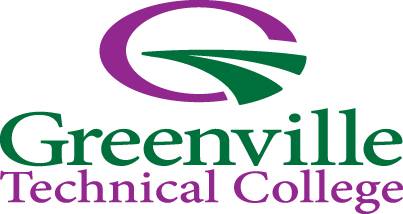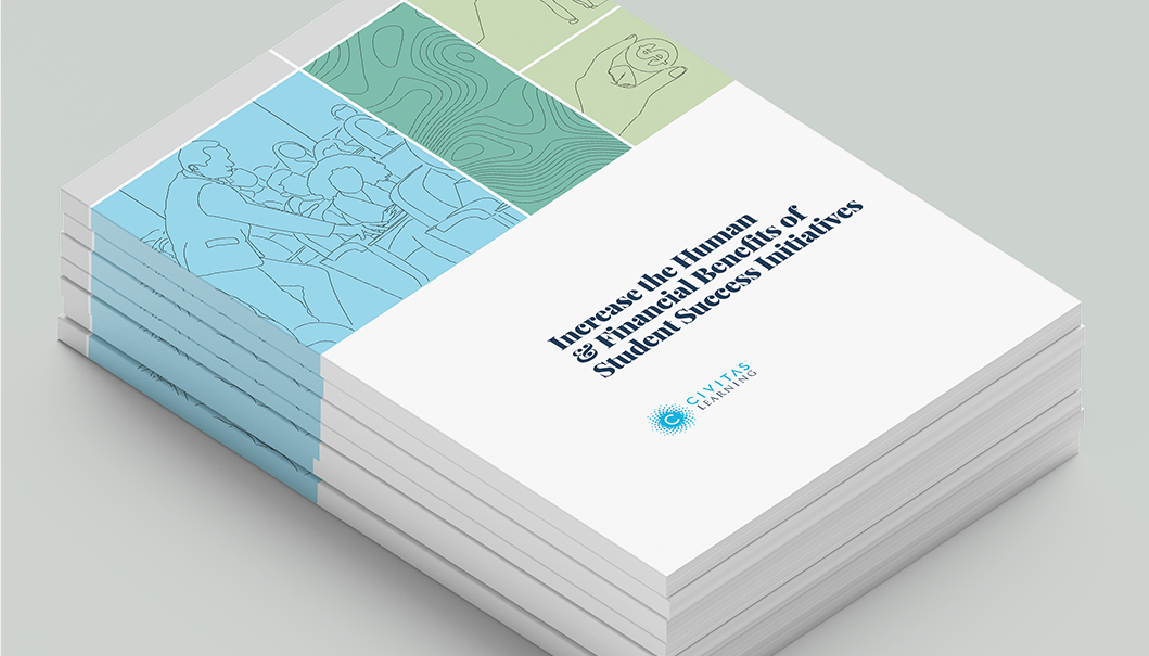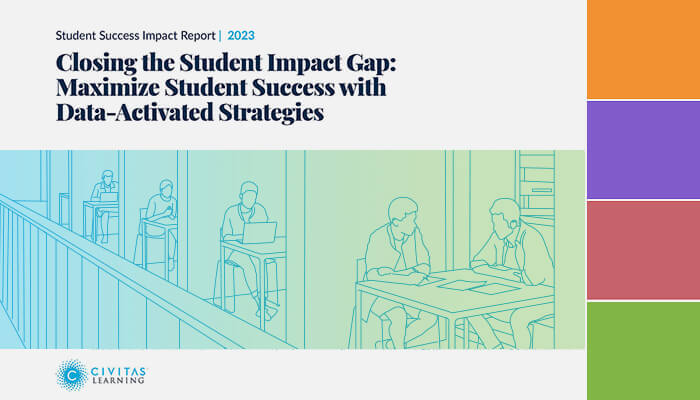
Partnering with Institutional Research to Boost Student Success
Share this Post
As higher education continues to shapeshift to meet the changing needs of students, many leaders are asking what role each department plays in supporting student success.
“Everyone is responsible for student success” is easy to say but harder to do. Even in the best cases, many campuses struggle to put this idea into practice. Instead, campuses primarily tap traditional student success services like advising, academic coaching, and tutoring. But this is a missed opportunity.
“Student Success leaders who meet regularly with IR to review student success data can build responsive services that proactively address student needs at scale.”
A close partnership between traditional student success units and Institutional Research (IR) is one collaborative relationship that makes a real difference for students. At many institutions, IR offices are concerned with traditional functions like internal, state, and federal reporting. However, IR departments who meet regularly with Student Success leaders to review student success data can build responsive services that proactively address student needs at scale.
IR teams at Civitas Learning partners, like the University of Texas at San Antonio (UTSA) and Greenville Technical College (GTC), cultivate collaborative relationships with student success units that consistently improve student success by:
Get Data-Informed Strategies to Your Inbox
Deconstructing Silos
Higher education must be nimble to meet the needs of students. Unfortunately, many campuses are deeply compartmentalized, making it difficult for staff (and faculty) to collaborate on an intentional and unified approach to student success. Deconstructing those silos is the first step in optimizing student success.
Improving student outcomes starts by regularly sharing insights across departments rather than metrics being reviewed by a select few at the end of the term. This data-activated, collaborative approach is an incredibly powerful tool for Student Success teams to deliver proactive rather than reactive support.
Civitas Learning partners have found that this kind of transparency and coordinated effort achieves a significant return on resources invested.
For instance, UTSA implemented a unified approach to student success. In their collaborative model, campus leaders meet weekly with IR to review student success analytics and refine their efforts. They discuss everything from high-level strategic planning to coordinating services.
By integrating the efforts of IR and Student Success, UTSA achieved a 16 percent lift in retention and a 14 percent lift in their overall four-year graduation rate.
Building on What Works
When teams across the institution evaluate data together, refining initiatives becomes possible. Once initiatives, programs, and policies are in place, teams can use regular analysis to understand what works and for whom.
Civitas Learning partners, like the University of Texas at San Antonio, regularly assess initiative effectiveness to unlock the ability to see the impact of programs on each student compared to their peers. This fine-tuning allows teams to evolve strategies and processes to reach student success goals.
In the case of UTSA, regular Initiative Analysis allows them to align around what works. This shared understanding helps leaders allocate human and financial resources to the most impactful strategies. And it gives them the information they need to communicate their efforts to stakeholders across campus.
For example, an effectiveness evaluation for the tutoring program revealed a 2 pp lift in persistence for students overall, but when leaders segmented the data further, they found that males of color experienced a 5 pp lift in persistence. A detailed understanding of tutoring’s impact allowed the tutoring team to focus their outreach efforts on students who would benefit most.
When teams clearly see their impact, they’re empowered to fine-tune their efforts and continually evolve their student success process and goals. With the right insights and tools shared across departments, IR can expand its role by eliminating inefficiencies.
Increase the Impact of Student Success Initiatives
Moving Beyond End-of-Term Reporting
The old way of thinking says IR is mostly concerned with monitoring data for state and federal reporting. Civitas Learning partners challenge this status quo by actively involving their IR teams in student success.
In fact, IR offices are uniquely positioned to offer a 360° view of campus. Ongoing monitoring of student success outcomes and regular assessment of initiative effectiveness means campus leaders can know the true impact of collective student success efforts.
By taking on a role of service to students, faculty, staff, and leadership, IR is a key player in improving student outcomes and achieving the goals of the institution.
Most importantly, the data and metrics IR yields empower the entire campus to respond to students at the moment, not just retrospectively.
The IR team at GTC wanted to identify which students were least likely to persist–based on real numbers that reflected behaviors, not on biased observations– and then craft an outreach program specifically for those students.
In their 2020 pilot program, students with a low projected likelihood of persistence, at just 32 percent as a group, were contacted individually for support. Following IR’s outreach, the institution measured those students’ persistence to see if there was measurable improvement.
The results were more than promising. They were something worth celebrating.
The student’s actual rate of persistence at the end of the term saw a 25 PP lift, bringing them to a persistence rate of 57 percent.
Rather than operating solely behind the scenes, IR can actively partner in student success by identifying trends and testing possible solutions.

How Greenville Technical College Improves Student Persistence by Evaluating What Works
Institutional Research as Student Success
Civitas Learning partners are forging the path to creating a world where higher education is truly student-centered.
By looking at how the offices of IR at UTSA activated their data, we see a clear result: expanding the reach of IR creates more proactive and forward-thinking institutions.
The entire campus benefits when IR moves beyond reporting and into human impact. At Civitas Learning, we’re excited by the new, more progressive role IR can play in lifting student outcomes and leading organizations into the future.





